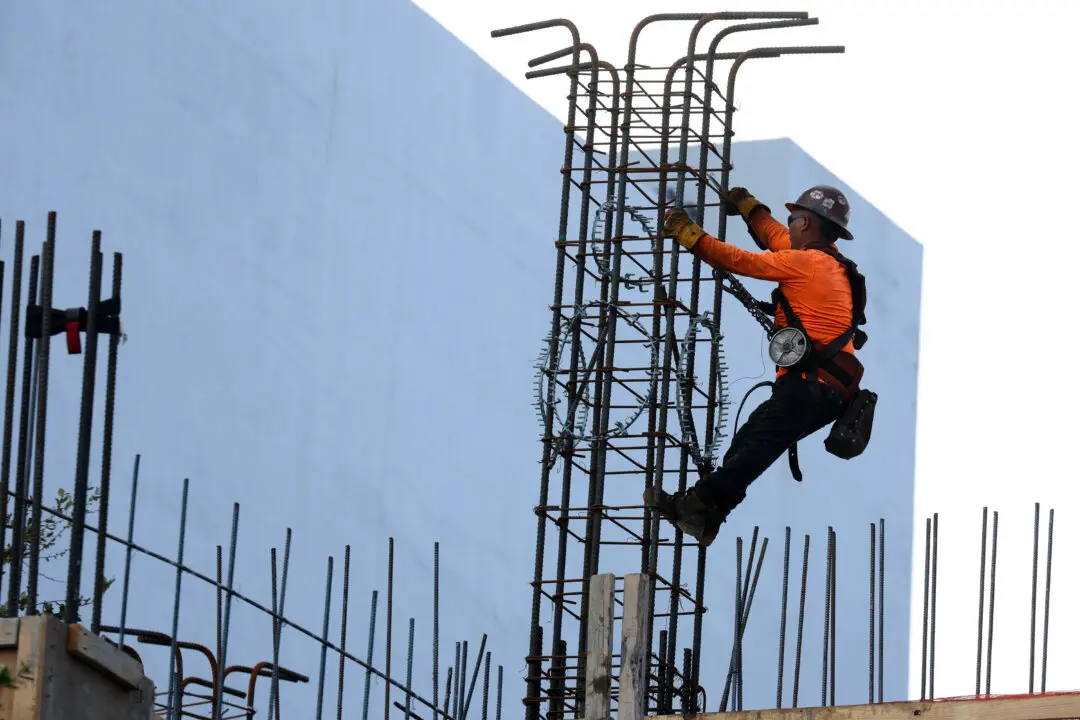Commentary
The following are cases about which I know:
- A journalist who worked for the mainstream media fired in a political purge
- A professor who refused the vaccine and gave up his job
- A nurse who was furloughed and later injured by a vaccine she took to go back to work
- A young professional who left the city to get away from crime
- A doctor who was driven out of the profession because he prescribed banned antivirals
- A successful businessman whose company was wrecked by supply chain breakages





